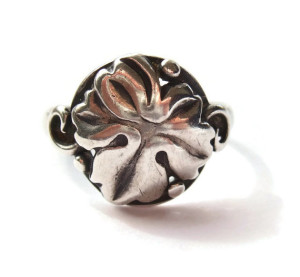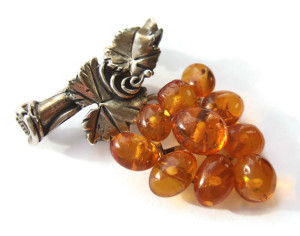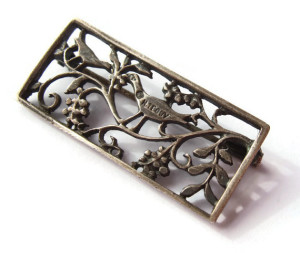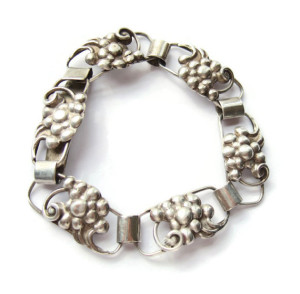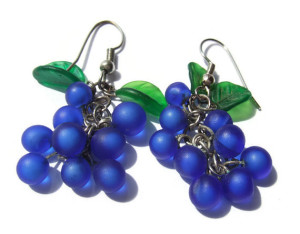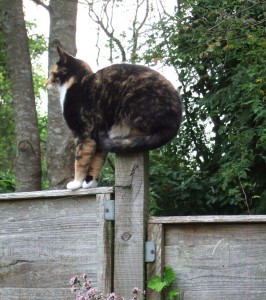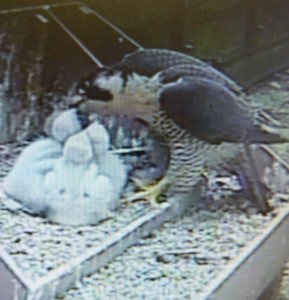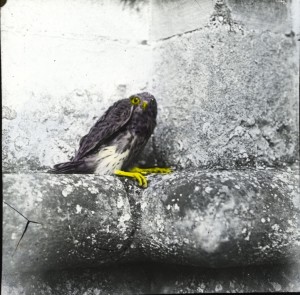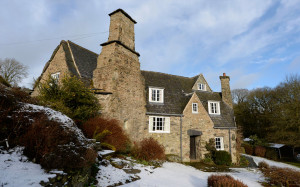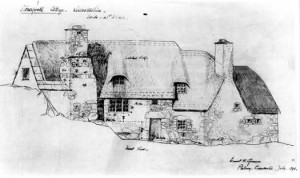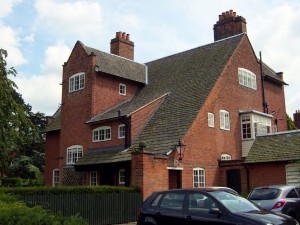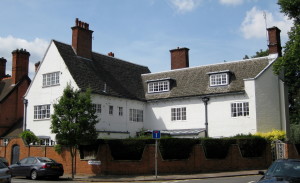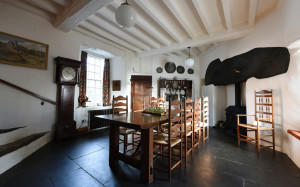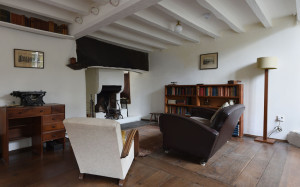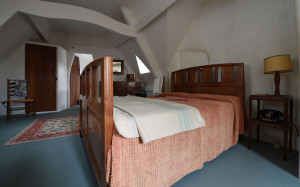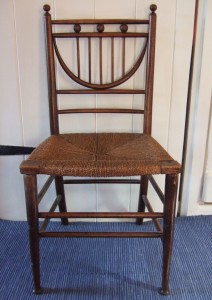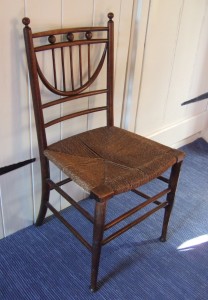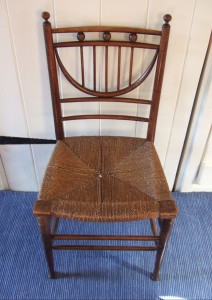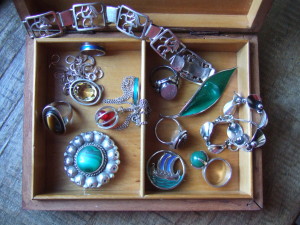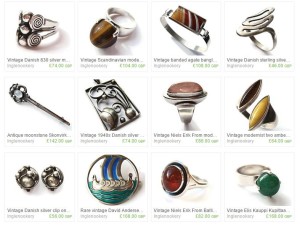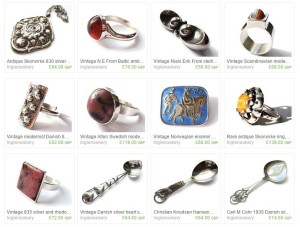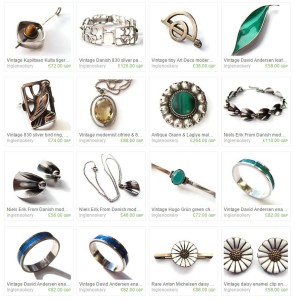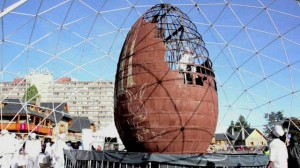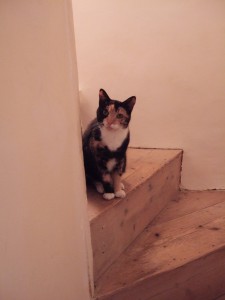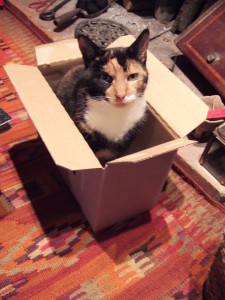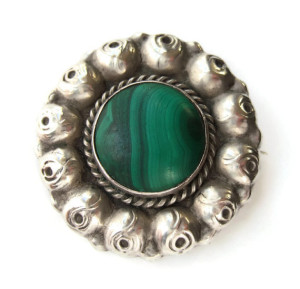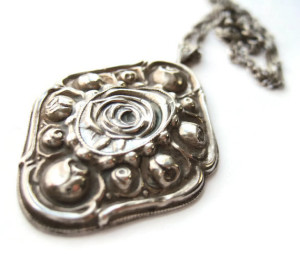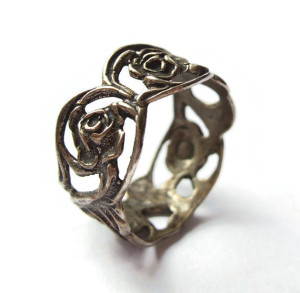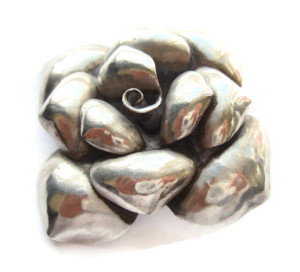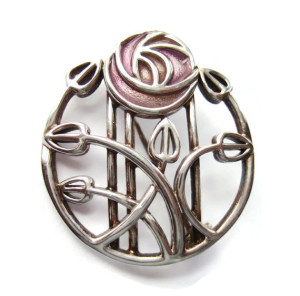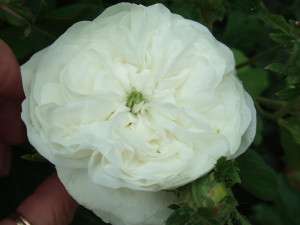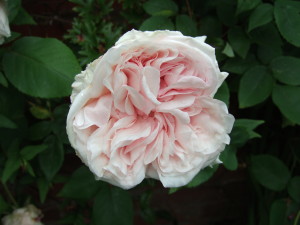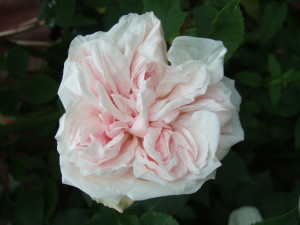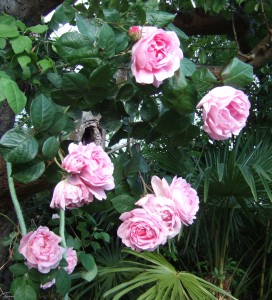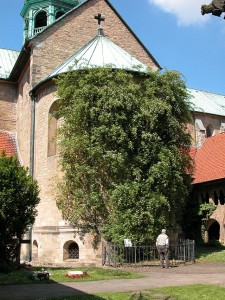When my younger sister opened her garden for the National Gardens Scheme, we sold plants and laid on tea and cakes as well, as a way of increasing the amount of money we took for the various charities that are the NGS beneficiaries. The days in the run-up to the two-day weekend opening would be a mad frenzy of fudge making and cake baking. My sister’s lovely work colleagues all joined in too, and so we always had a really impressive array of cakes and scones and flapjacks and brownies and all sorts of goodies to offer to the visitors. I had a massive grin on my face when I overheard one visitor say to her friend that our cakes knocked the spots off the National Trust ones! Quite properly, given that my sister lives in Devon, the third most popular was a West Country apple cake. The best seller was coffee and walnut cake, but it was very closely followed by a wonderful, zesty orange and almond cake.
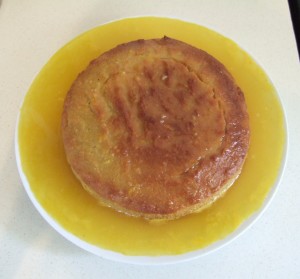
Orange and almond cake. This is only about half of the syrup.
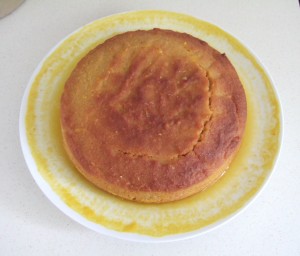
Almost all slurped up – it takes a few hours.
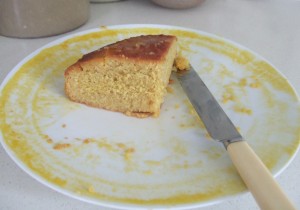
So scrummy it didn’t last long!
There is something very moreish about this cake. It’s got no flour in it, using ground almonds and semolina instead, and as well as having orange zest and juice within the cake, after baking it is drenched—and I mean drenched—with a fresh orange and lime juice syrup. The smell while the syrup is cooking is divine, and reminds me so much of the smell that pervaded the whole house when my Mum used to make her batches of marmalade every January. When you make the syrup you think that no way can the cake take all that liquid without turning into a soggy mess. But hold your nerve. The cake gradually sucks it all up, and it gives the cake a wonderfully moist texture, as well as ramping up the citrusness (Is that a word? Citrusosity? Citraceousness?). Yummy.
Orange and almond cake
Serves 8
115 g / 4 oz butter
grated rind of 1 large orange
115 g / 4 oz caster sugar
2 eggs, beaten
175 g / 6 oz fine semolina
100g / 4 oz ground almonds
1 tsp baking powder
1 tsp mixed spice
3 tbsp / 50 ml / 1.7 fl oz freshly squeezed orange juice
For the syrup
175 ml / 6 fl oz freshly squeezed orange juice
5 tbsp / 90 ml / 3 fl oz freshly squeezed lime juice
115 g / 4 oz caster sugar
Preheat oven to 180 degrees C / 350 degrees F / gas mark 4. Butter and line a 20 cm / 8 inch round cake tin. Beat together the butter, orange rind and caster sugar until light and creamy. Gradually beat in eggs. Mix together semolina, ground almonds, mixed spice and baking powder, and fold half into the creamed mixture with half the orange juice. Fold in remaining dry ingredients and orange juice. Spoon mixture into tin and bake for 30-40 minutes until well-risen and firm. Leave to cool for a few minutes, peel off the lining and turn out on to a deep plate.
Meanwhile, make the syrup. In a pan, heat the orange juice, lime juice and sugar until sugar has dissolved then bring to the boil and simmer for 4 minutes. Spoon over cake. This might take several goes depending on how deep your plate is and how much liquid it will hold. Leave to cool. Makes a nice pud served with crème fraîche as well as a great teatime cake.
National Gardens Scheme website.
National Trust recipes we beat!
